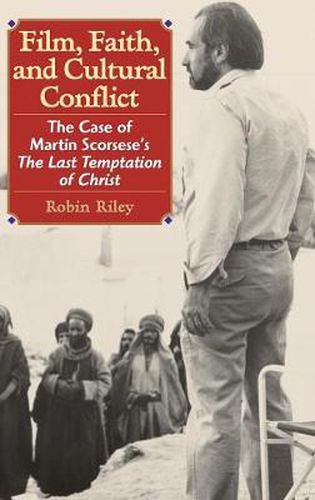Readings Newsletter
Become a Readings Member to make your shopping experience even easier.
Sign in or sign up for free!
You’re not far away from qualifying for FREE standard shipping within Australia
You’ve qualified for FREE standard shipping within Australia
The cart is loading…






Scorsese’s 1988 film The Last Temptation of Christ arguably generated more resistance and conflict upon its release than any film before or since, engendering intense debate and even hatred between religious conservative protesters and liberal progressive defenders of the picture. This is a full examination of the controversy, its participants, and their claims concerning the film’s religious meaning. This debate reflects deep levels of social and cultural insecurity produced by the shifting role of religion and religious language in an increasingly secularized society, and demonstrates how a popular film about Jesus captured, inflamed, and strengthened existing animosities. Providing new insights into film’s significance as an indicator of the changing relationship between secular and religious domains, the work offers a thorough and fascinating historical analysis of the various interpretations of Last Temptation and its reception.
$9.00 standard shipping within Australia
FREE standard shipping within Australia for orders over $100.00
Express & International shipping calculated at checkout
Scorsese’s 1988 film The Last Temptation of Christ arguably generated more resistance and conflict upon its release than any film before or since, engendering intense debate and even hatred between religious conservative protesters and liberal progressive defenders of the picture. This is a full examination of the controversy, its participants, and their claims concerning the film’s religious meaning. This debate reflects deep levels of social and cultural insecurity produced by the shifting role of religion and religious language in an increasingly secularized society, and demonstrates how a popular film about Jesus captured, inflamed, and strengthened existing animosities. Providing new insights into film’s significance as an indicator of the changing relationship between secular and religious domains, the work offers a thorough and fascinating historical analysis of the various interpretations of Last Temptation and its reception.